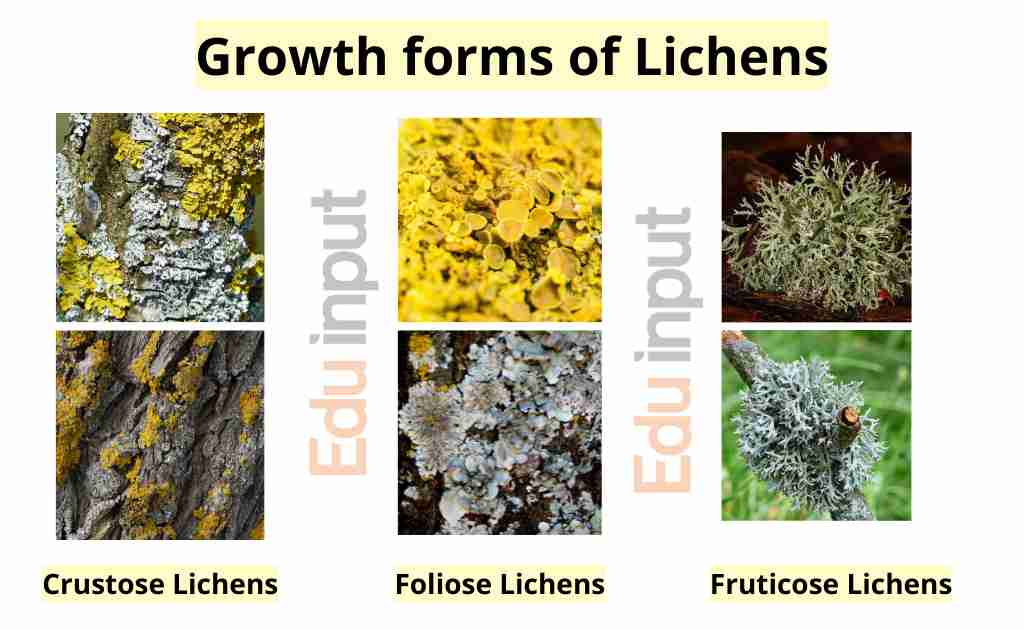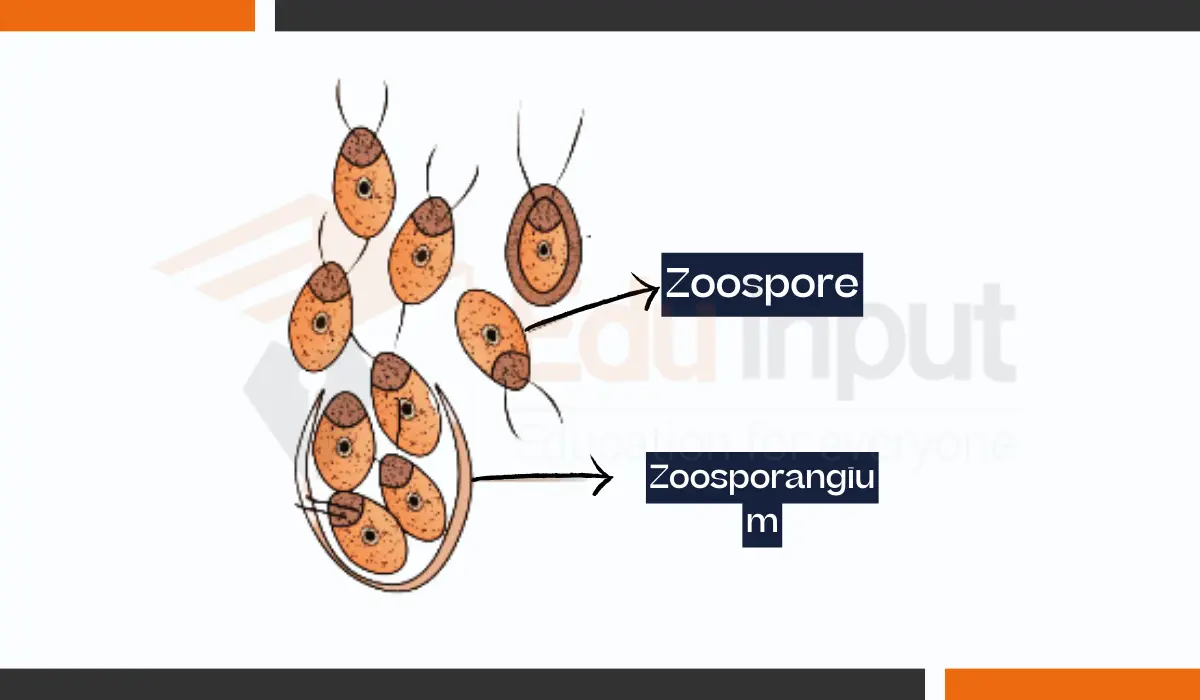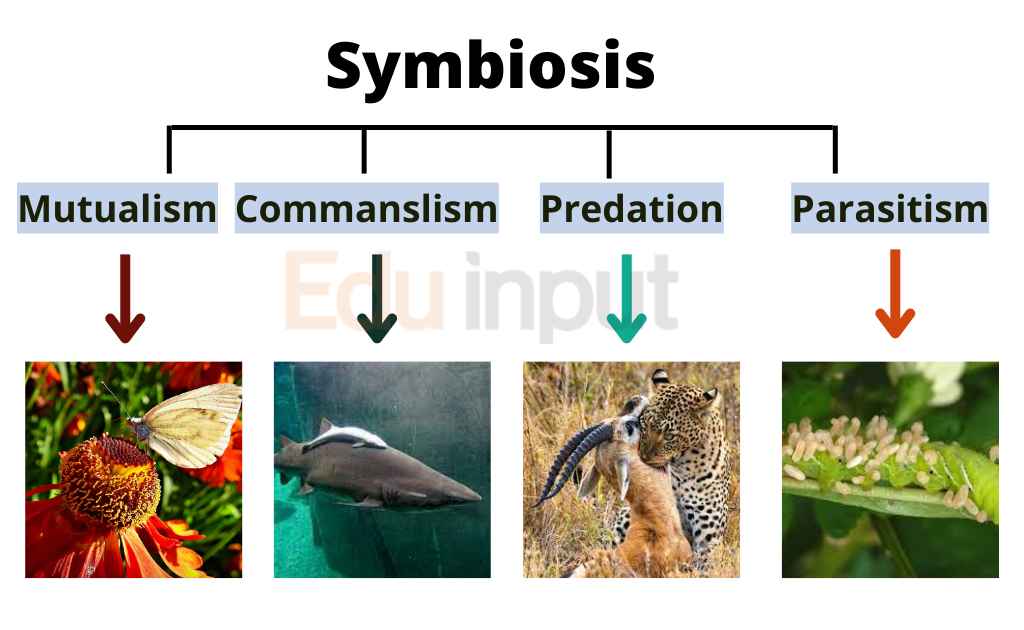Deutromycota-The Imperfect Fungi(Deuteromycetes)
Deuteromycete fungi are distinguished by the production of deuterosporangia, which are specialized structures that release spores. Deuterosporangia is borne singly or in groups.
Fungi are eukaryotic organisms that lack mitochondria and chloroplasts. Fungi have been around since the beginning of time and they continue to thrive today. There are over 1 million species of fungi known to science, and many more are yet to be discovered.
The classification of fungi is based on their reproductive structure. Most fungi reproduce sexually, although some do not. Sexual reproduction occurs when two cells fuse to create a single cell called a zygote. A fungus’s sexual structures are called hyphae. Hyphae are multinucleate cells that branch out and produce spores. These spores are released into the air and carried away by wind or water currents. Spores are the only way that fungi can spread.
What is Deuteromycetous Fungi?
Deuteromycetous fungi are a group of filamentous fungal species that have a characteristic sexual cycle. These organisms reproduce sexually via hyphae that fuse to form a zygote. After germination, the zygote undergoes meiosis and produces four haploid nuclei. Each nucleus then develops into a single spore that is released from the parent mycelium.
Characteristics of Deutromycota
Deuteromycete is a class of fungi, that shows the following characteristics:
Absence Of Sexual Reproduction
Deutromycota includes all such fungi in which heterogonous (different) group. sexual reproduction is absent. It is Most of these fungi are related to the sexually reproducing Ascomycetes. Some are related to the other two groups, Zygomycota and Basidiomycota If sexual structures are discovered in any imperfect fungi, they will be placed in their appropriate phyla.
Biologists now can classify most imperfect fungi on the basis of DNA sequences, though the sexual structures may not be discovered.
Parasexuality
The exchange of a portion of chromosomes of two nuclei lying in the same hypha is called parasexuality. There is an absence of sexual reproduction in imperfect fungi. But these fungi show a special kind of genetic recombination called parasexuality.
Examples
Some of the economically important genera of Deuteromycetes are;
- Penicillium (blue-green molds)
- Aspergillus (brown molds)
- Alternaria, Fusarium, Helminthosporium
Penicillium sp. (species) (blue-green molds)
It is the most common example of Deutromycetes, which shows the following characteristics;
Habitat
Penicillium is widespread saprotrophic fungi. These are commonly found in decaying fruits, bread, etc. Its hyphae are septate.
Reproduction:
Penicillium reproduces asexually by forming naked spores (without sporangia) called conidia. The conidia are present in chains at the tip of special branches hyphae called conidiophores. The brush-like arrangement of the conidia is the
Colour Of Mycelium:
The conidia give blue-green color to the circular characteristic feature of Penicillium mycelium. Mature conidia are easily dispersed.






Leave a Reply